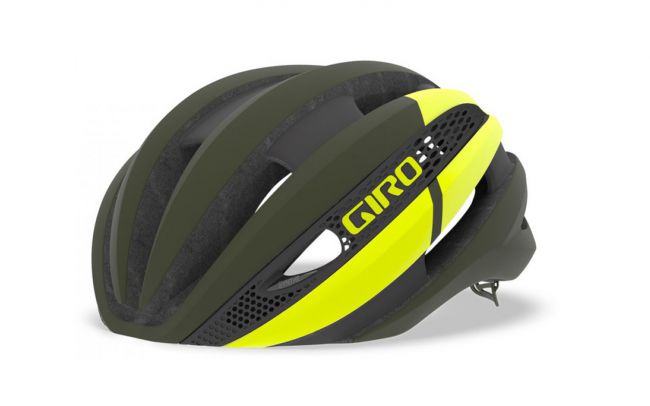Helmets are good but can they be safer?
Helmet technology is improving but a better way of dealing with concussion is required, writes Lance Branquinho

The world of mountain bike helmet design is highly scientific but also imperfect.
By far our most important crash protection component is the helmet, yet concussion still bedevils mountain biking with risk.
Despite the best intentions of scientists, designers and engineers, mountain biking helmets are progressing rather slowly. The basic polystyrene foam structure has not radically altered over decades and, as such, structural concussion mitigation remains weak.
A radical redesign of helmet architecture, with complex material layers which would improve sacrificial energy absorption, is the answer, but few helmet manufacturers appear willing to accept this challenge. The complexity in manufacturing is too high, with associated cost increases that customers are allegedly unwilling to pay.
Instead of producing helmets with more complex structures, the cycling industry has been chasing a different solution horizon. Rotational acceleration brain injuries don’t show immediate trauma but can compound to have life-altering consequences.
To deliver rotation mitigation measures when crashing, helmets with special liners and abortion pads, are now championed as the best concussion solution.
Helmets do a fair job of preventing massive impact trauma. Imagine your worst helmet shattering crash, without any head protection? Exactly.
What is of greater concern, is how your helmet can absorb and deflect energy, when you crash at an acute angle that creates a sudden change of head posture. The brain has a natural rotation protection feature, as a fluid which encases it, delivering a small margin of compensation when your head is suddenly forced into a change of direction.
The first technology to mimic this brain fluid function was from Sweden. Medical professionals identified an issue with brain rotation during angular impacts, something that helmets were not satisfactorily countering. Research on a solution started in 1996 and finally matured to the MIPS feature that 78 helmet brands use today.
MIPS or WaveCel?
MIPS is a liner inside the helmet, which slides when your helmet starts rotating after an impact. The amount of movement this MIPS liner allows reduces the force of rotational energy transferred to the brain. It is a clever technology and has been widely adopted by many other sports and activities where helmet use is mandatory.
But MIPS does have its weaknesses. The liner covers a great deal of the helmet’s contact structure with your head, which can lead to discomfort for riders without hair. It can also run too warm on a sweltering summer’s day.
Since MIPS, other rotational deflection technologies have also presented themselves. Strategically placed fluid pads are Bontrager’s WaveCel innovation in the field of concussion mitigation. These fluid pads theoretically replicate the natural brain fluid action. Strategically placed within the helmet, WaveCel allows for larger air ducts to be shaped into its structure, which facilitates better ventilation without compromising the anti-concussion properties.
Slide liners and fluid pads have made helmets safer and offer a solution to the issue of rotational forces and brain injury. But unresolved ergonomic issues remain.
Hair has an influence
A fundamental question regards helmet fit and fastening. If a rider has not diligently adjusted straps and ratchets, a poorly secured helmet with MIPS or WaveCel, isn’t going to do a great job.
Hair will also allow significantly more helmet liner movement than a cranium without, if both are covered with a helmet which has been fastened to the same tension.

What is the increase in helmet slide concussion protection for a mountain biker with hair? Should riders without hair always use a buff or skull cap, to provide some material interface that gives them a bit more movement between head and helmet liner?
Helmets are getting better but the industry is still awaiting that miracle material which will be light, affordable and capable of better structural concussion mitigation.

Lance Branquinho is a Namibian-born journalist who graduated to mountain biking after injuries curtailed his trail running. He has a weakness for British steel hardtails, especially those which only run a single gear. As well as Bike Perfect, Lance has written for MBR.com, Off-Road.cc and Cycling News.
